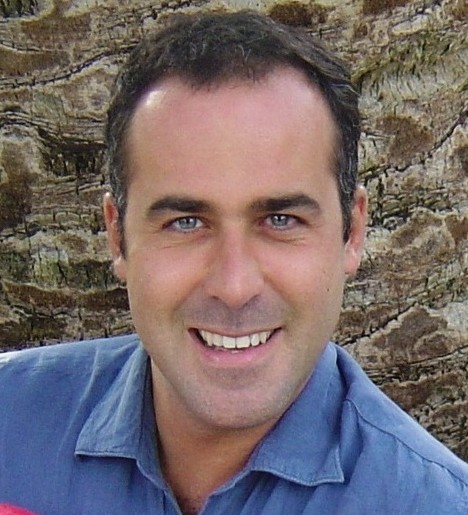
Roberto De Ambrogio is Head of Business Development at Enel Green Power. He was born in Milan and has a degree in Economics. De Ambrogio joined Enel’s Corporate Strategy department in 2005, and was Head of Business Development for Renewables for the International Division from 2006 until September 2008. He believes even in the current economic crisis, fundamentals of renewables remain solid and growth will be robust.
By Jeanny Lim
Could you please update us on the global trends in renewable energy investment? What are the future prospects for investment?
There are several estimates on the exact amount of investment necessary to shift to a low-carbon economy. The Stern Review on the Economics of Climate Change talks of a cost of 1% of global GDP to limit greenhouse gases to a concentration of 550 ppm CO2e by 2050, equivalent to around US$500 billion a year (the world’s GDP in 2007 was US$54 trillion), although the longer the delay in taking decisive action, the higher the cost of mitigation. The International Energy Agency’s World Energy Outlook (WEO) 2008 estimates around US$550 billion needed to be invested in renewable energy and energy efficiency alone each year between now and 2030 if we are to limit concentrations to 450 ppm CO2e.
Investment in clean energy (investment in renewable energy and energy efficiency technology, but excluding nuclear power and large hydro) increased to US$148 billion in 2007 from US$33 billion in 2004, and now accounts for around 10% of the global energy infrastructure expenditure. In power generation, the rapid expansion of sustainable energy has been even more striking, with 42 GW of power generation capacity added in 2007, just under a quarter of the total 190 GW of power generation capacity added worldwide.
What kind of correlation is there between the price of raw materials, oil and electricity and the renewable energy industry?
The reduction of power prices has a negative impact on the renewable sector, as it would reduce revenues from energy sales: this is true when energy produced through renewables is not sold under incentive tariff conditions or under fixed Power Purchase Agreement.
On the other hand, commodities’ price reduction is translated into a reduction of the construction costs of the plants.
Concerning Enel Green Power, the impact of volatility in prices is reduced and leveraged by a well-diversified portfolio of assets, due to the global reach of the company and the balanced generation technologies’ mix.
How much growth do you expect for the renewable energy industry?
Renewable energy has experienced sustained growth over the most recent years, fueled by technological advances and political support in most countries. At the end of 2008, about 1,150 GW of renewable capacity was installed in the world, including large-hydro plants, mostly in Europe, Asia and North America.
In 2008, wind attracted most expenditure (US$51.8 billion), confirming its status as the most mature and best-established sustainable energy generation technology. The solar sector received US$33.5 billion of new investment, up 49% compared with 2007, followed by biofuels with US$16.9 billion, a 9% decline compared with the previous year.
Considering the estimations for the future growth in renewable sector, the International Energy Agency expects a growth of 700 GW to 2020 in the most conservative scenario: in fact total installed capacity from renewablse worldwide in 2008 is approximately 1,150 GW, and it is expected to achieve the level of 1,820 GW by 2020.
Substantial growth will take place all over the world, with Europe and Asia leading the way, with European countries increasing their installed capacity to 620 GW by 2020 from 390 GW in 2008 and Asian countries increasing their installed capacity to 600 GW from 350 GW.
As far as North America is concerned, with the expected renewable installed capacity of 330 GW by 2020, compared with the current 230 GW, the new Renewable Energy Policy launched by the Obama Administration will have a very strong impact on future growth.
Otherwise, in a more aggressive scenario, up to 1,900 GW of capacity could be added by 2020, therefore, doubling total renewable installed capacity in only 12 years and achieving a level of 3,020 GW of renewables installed worldwide.
Finally, even in the current economic crisis, fundamentals of renewables remain solid and growth will be robust.
Jeanny Lim is Editor-in-Chief of InterPV. Send your comments to swied@infothe.com.
For more information, please send your e-mails to pved@infothe.com.
© www.interpv.net All rights reserved |



